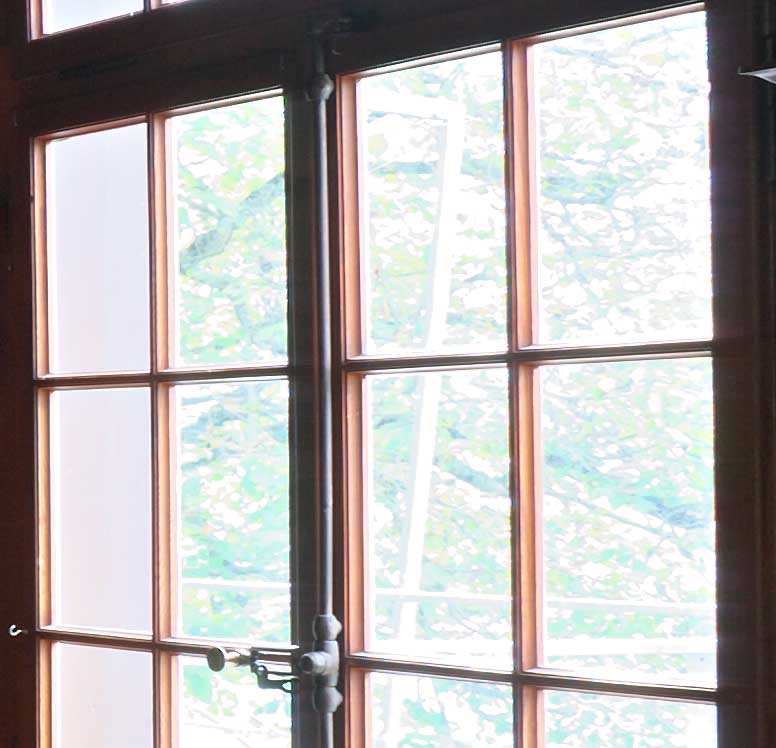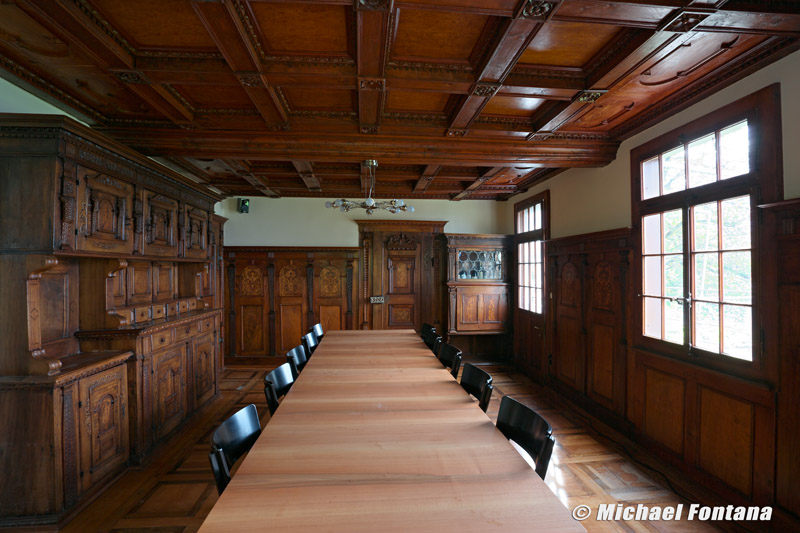Tim,
Tim Armes said:
Hi Nik,
The technique is effectively quick and easy. However, rather than correcting the CA you're simply removing the colour from the fringes, they'll still be there, just as grey bands. As you note, this will also have an effect on the surrounding colours, even if it's it's very limited in foilage. I wouldn't consider this acceptable for a high quality print, although for a quick fix and/or small print size, it may be okay.
I'm still voting for correction at the RAW stage. I agree that there may be cases we're a few difference corrections may need to be applied and then merged, so it can occasionally be longer.
Tim
I agree with you that this technique, while covering the basics needed to salvage a 4x6 family snapshot, can hardly be recommended for the gallery quality poster. However, allow me to retort.
First of all, the work of that scale shall not be shot with the P&S and, most likely, with any zoom lens. I'm not particularly keen on MF and LF cameras, but I know enough of optics to understand the correlation between the amount of CA, size of the sensor and the complexity of the lens. Primes, been the simplest of them all, are by default way less prone to CA than any zoom lens can possibly be.
So, to get our image Getty-worth we shoot with a large sensor and we shoot with a high quality prime, And, of course, we shoot RAW. And we probably should not shoot directly towards the sun through the heavy foliage.

Now, with all that said and implemented, by the sheer law of optics, sometimes you still can get some CA. How to get rid of it?
The technique I mentioned in my first post was "devised" by me at a time when I barely knew what a layer is and had absolutely no idea of what to do with channels, LAB, Blend-If sliders and other nice features of PS that I'm currently using on a daily basis without even thinking much. Of course it was very limited and had some obvious sideeffects.
Nowadays, however, given my current level of knowledge of PS and color correction process as a whole (which is far below Dan Margulis, I should say

I think I can get rid of CA in 99% of cases without spending more than a few minutes in the worst case scenario. Solutions will be different and depend on the image at hand. But they will present itself.
I guess all I'm trying to say is that CA is not a problem for a person who understands what causes it, knows how to avoid it in a first place, and feels comfortable with advanced PS tools to deal with it in case it shows it purple face.
And for those who does not - my two year old childish technique would probably do just fine

.













